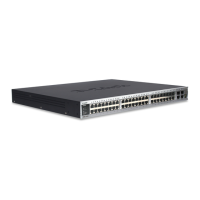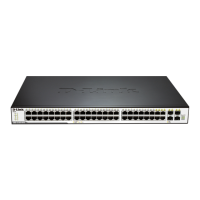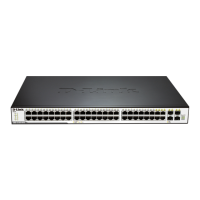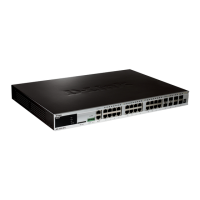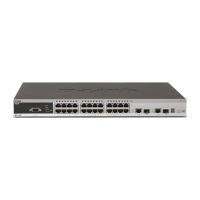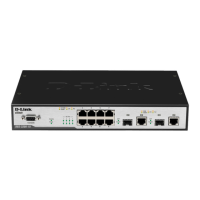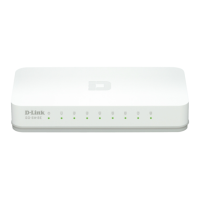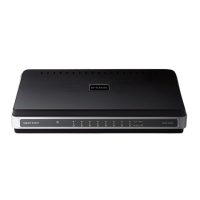19.1.2.4 Broadcast Packets Processing
Configuration
A broadcast packet is a data packet destined for all hosts on a particular physical network.
Our product supports two kinds of broadcast packets: directed broadcasting and flooding
broadcasting. A directed broadcast is a packet sent to all the hosts of a specific network and
destination address of host part are all set to 1. While a flooded broadcast packet is sent to
every network and 32-bits destination address are all set to 1. Broadcast packets are heavily
used by some IP protocols, including very important Internet protocols. Therefore, how to
control and use the broadcast packets is the basicl responsibility of a network administrator.
If IP network devices forward flooding broadcasts, it maybe cause a serious network
overload to lead to the severity impact for the running of networks. This case is called
broadcast storm. The router provides some protection to limit the broadcast storms within
the local network so as to prevent the expending of thebroadcast storms. Due to the
bridges and switches are located on Layer 2 network devices, they will forward and spread
the broadcast storms.
The best solution to the broadcast storm problem is to specify a single broadcast address on
each network, that is, directed broadcast, which requires IP protocols to use directed
broadcast instead of flooding broadcast if possible.
For detailed description about broadcasting, please refer to RFC 919 and RFC 922.
How to process the broadcast packets, perform the following tasks according to the network
requirement.
Enabling Directed Network Broadcast to Physical Broadcast Translation
Creating an IP Broadcast Address
19.1.2.4.1 Enabling Directed Broadcast to Physical Broadcast Translation
An IP directed broadcast packet refers to an IP packet of the IP subnet broadcast address.
For instance, the packet with destination address 172.16.16.255 is a directed broadcast
packet. However, the node that generates this packet is not a member of the destination
subnet.
When the router without direct connection to destination subnet received the IP directed
broadcast packet, it will process the directed broadcast packet like forwarding unicast packet.
After the directed broadcast packet reaches a device that is directly connected to this subnet,
the device converts the directed broadcast packet into a flooding broadcast packet (typically
the broadcast packet whose destination IP address is all ―1‖), and then sends the packet to
all the hosts in the destination subnet in the manner of link layer broadcast.
You can enable the translation function of the directed broadcasts to the physical broadcast
on the specified interface. so that this interface can forward to the directed broadcasts within
the directly-connected network. This command will only affect the final transmission of the
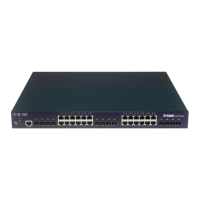
